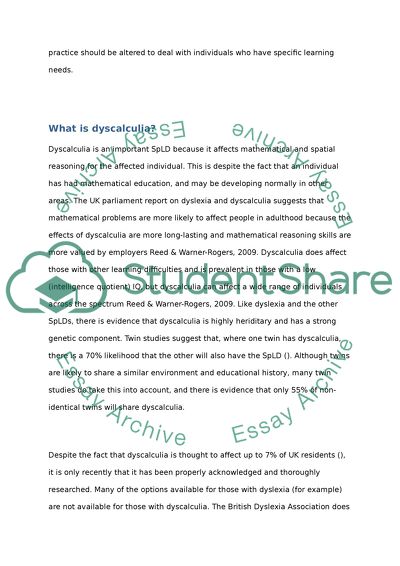Cite this document
(“Research suggests comorbidity between dyslexia and dyscalulia. Discuss Essay”, n.d.)
Research suggests comorbidity between dyslexia and dyscalulia. Discuss Essay. Retrieved from https://studentshare.org/education/1475859-research-suggests-comorbidity-between-dyslexia-and
Research suggests comorbidity between dyslexia and dyscalulia. Discuss Essay. Retrieved from https://studentshare.org/education/1475859-research-suggests-comorbidity-between-dyslexia-and
(Research Suggests Comorbidity Between Dyslexia and Dyscalulia. Discuss Essay)
Research Suggests Comorbidity Between Dyslexia and Dyscalulia. Discuss Essay. https://studentshare.org/education/1475859-research-suggests-comorbidity-between-dyslexia-and.
Research Suggests Comorbidity Between Dyslexia and Dyscalulia. Discuss Essay. https://studentshare.org/education/1475859-research-suggests-comorbidity-between-dyslexia-and.
“Research Suggests Comorbidity Between Dyslexia and Dyscalulia. Discuss Essay”, n.d. https://studentshare.org/education/1475859-research-suggests-comorbidity-between-dyslexia-and.


